Picture this: you’re heading out for the day, giving your precious pup one last pat before closing the door. You think you’ve done everything right, but when you return, chaos has erupted. The couch cushions are shredded, there’s a puddle by the door, and your furry friend looks more frazzled than a squirrel in a thunderstorm. Sound familiar? You’re definitely not alone in this struggle.
Dogs are incredibly social creatures, and leaving a puppy alone can be stressful, especially since your new puppy has likely never been alone before. It’s unfair to expect them to go from constant companionship to immediately spending an entire eight-hour workday on their own. The truth is, most well-meaning puppy parents make some pretty common blunders that turn what should be peaceful alone time into an anxiety-filled nightmare for everyone involved.
Rushing the Alone Time Training Process

Here’s where nearly every new puppy parent stumbles – they’re in such a hurry to get back to their normal routine that they skip the baby steps. It’s unfair to expect puppies to go from constant companionship to immediately spending an entire eight-hour workday on their own. Instead, start by teaching your puppy to be alone while you are in the house.
Start by leaving your puppy in his playpen or crate for 10 minutes at a time. Before you walk out the door, give your pup a yummy treat. This will help teach them to associate your absence with rewards and good feelings. Think of it like teaching a child to swim – you don’t throw them in the deep end first. Your puppy needs to build up their confidence gradually, one successful experience at a time.
Making Departure and Arrival a Big Deal
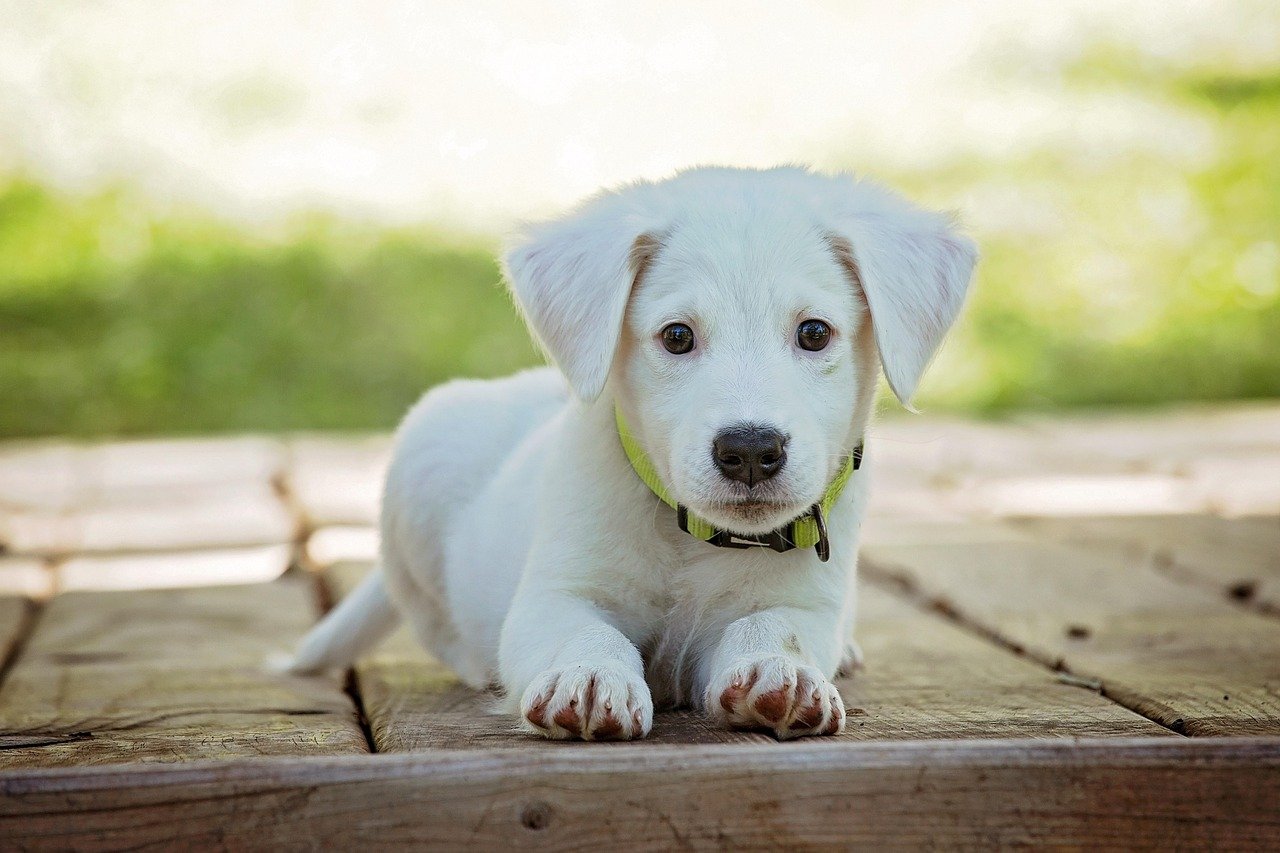
You should treat your departure and arrival as nothing special. It can be tempting to immediately pet your dog when you get home or go through a drawn-out goodbye when you leave. However, doing so can create extreme separation anxiety in the future. By making a big spectacle about leaving your dog alone, you’re automatically associating the act with negative feelings.
When you leave, do so quietly. Don’t say goodbye. Just put your puppy where they need to be and walk out the door. Upon your return, ignore your dog until he or she calms down. I know it sounds harsh, but dramatic hellos and goodbyes actually teach your puppy that your departures and arrivals are monumental events worth getting worked up about.
Leaving Water and Food in the Crate

Water and food inside the crate just invite accidents in the crate and can lead to unsanitary conditions for your puppy. Many puppy parents think they’re being thoughtful by leaving snacks and water bowls in the crate, but this actually creates more problems than it solves.
When puppies have constant access to food and water in their confined space, they’re more likely to have accidents, which defeats the purpose of crate training. You should attach a water bottle to your dog’s crate when she needs to be crated for more than two hours. You could also use a bowl, but that can make a mess. The key is limiting access to prevent accidents while ensuring they don’t become dehydrated during longer stays.
Free Feeding Instead of Scheduled Meals
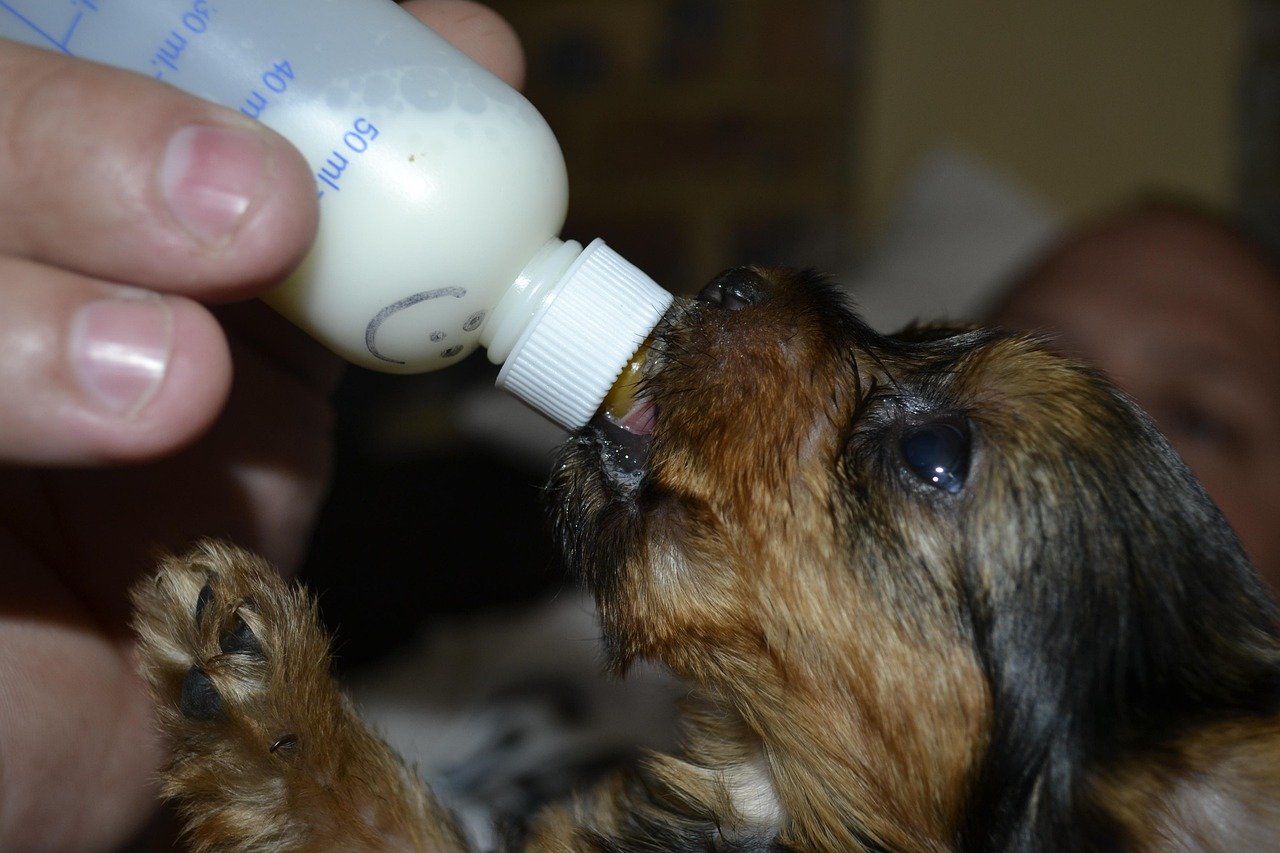
Leaving food down all day for your puppy to munch on is a mistake. By allowing her to snack all day, you’ll reduce the chances of creating a predictable elimination schedule; if she always has food in her system, she will need to go more often. By feeding at specific times, you’ll “synchronize” her system, and make housetraining easier.
Puppies are voracious eaters who will consume beyond their needs. If they have a constant supply of food at their disposal when you’re gone, they may end up eating way too much kibble. This can ultimately lead to weight gain and a slew of health issues. Scheduled feeding also gives you a powerful training tool since your puppy will be most motivated to work for treats when they’re genuinely hungry.
Skipping the Pre-Departure Exercise
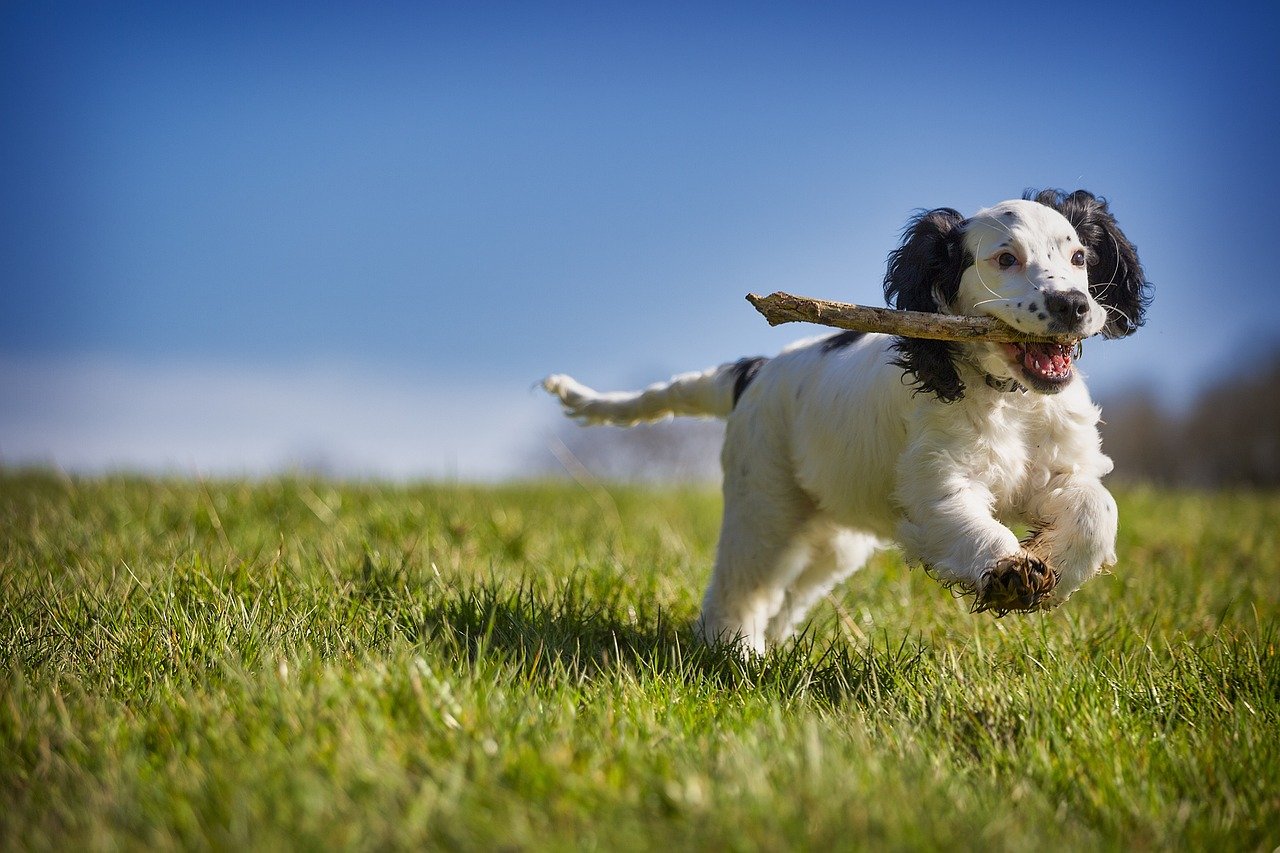
As the saying goes, “A tired pup is a good pup.” Just like humans, dogs get a rush of feel-good endorphins from exercise. Tire your puppy out by taking them on a brisk walk in the morning or playing fetch with them in the backyard. This mistake is like expecting a toddler to take a quiet nap after they’ve been sitting still all morning – it’s just not going to happen.
You can also work your dog’s brain with training sessions. By the time you leave for work, your puppy will already be settling down for a nap. Mental stimulation can be just as tiring as physical exercise, so puzzle toys and short training sessions before you leave can work wonders for creating a calm, sleepy puppy.
Not Recognizing Early Anxiety Signs

The first 15 minutes are the worst, during which time your dog becomes extremely upset. All the physiological signs of fear may be present – an increase in heart and breathing rate, panting, salivating, increased activity and, sometimes, a need to go to the toilet. Many puppy parents miss these subtle early warning signs and assume their puppy is just “settling in.”
Signs of stress might include dilated pupils, panting, yawning, salivating, trembling, pacing and exuberant greeting. If you detect stress, you should back up and shorten the length of your departures to a point where your dog can relax again. Then start again at that level and progress more slowly. Think of these signs as your puppy’s way of saying “this is too much too fast” – and they’re usually right.
Using the Crate as Punishment

You should never use the crate as a “time out” spot because your dog will associate it with a hostile environment. It may make their anxiety worse or cause them to fear going into the crate, so you must ensure that the crate is associated with positive feelings. This is like turning your child’s bedroom into a detention center – it completely defeats the purpose of having a safe space.
While crates can be used to manage a behavior, they should never be used for punishment. For example, putting your dog in a crate with an interactive toy when guests come over to avoid mishaps with food or jumping is more effective than waiting for misbehavior and then putting your dog in the crate. The crate should always represent security and comfort, never consequences or isolation.
Leaving Puppies Alone Too Long for Their Age
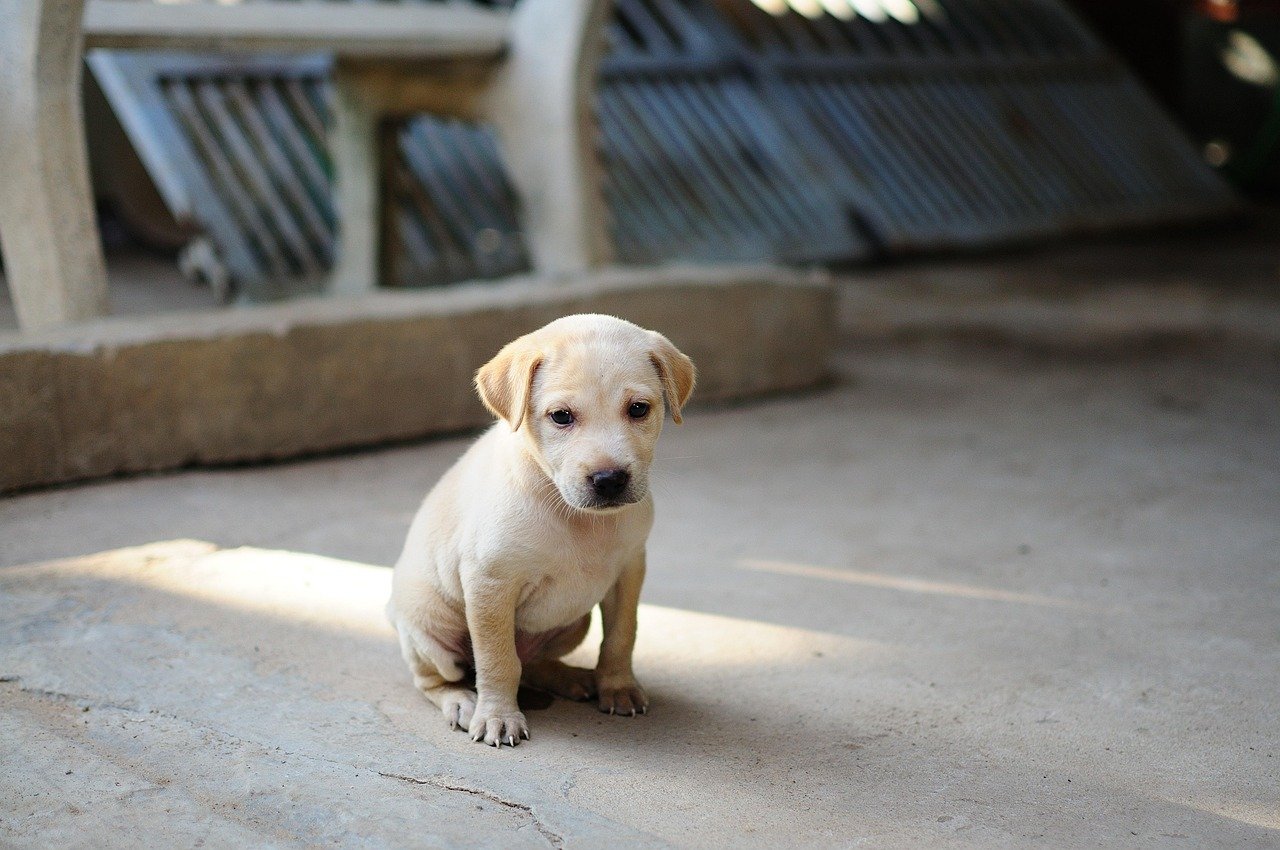
As a guideline, new puppies up to 10 weeks old typically can’t hold their bladder for more than an hour. Dogs between 10 to 12 weeks old can usually hold it for around two hours. Once your dog reaches 3 months old, they can usually hold it for an hour for each month they’ve been alive. This is probably the most heartbreaking mistake because it’s often made with the best intentions.
You should not be leaving your 8-week-old puppy alone for an extended period. This is the part of their life where they have just been weaned and need regular feedings and potty breaks. It is recommended to wait at least until they are 3 months old before they are being left alone. Their tiny bladders and developing digestive systems simply aren’t ready for the marathon of alone time that adult dogs can handle.
Forgetting to Puppy-Proof the Space

The last thing you want is an undisciplined puppy running amok around your house while you’re at work. Beyond destroying your most prized possessions, your puppy could get into chocolate, medicine, cleaning products, and other dangerous items that might warrant an emergency trip to the vet. To keep Fido (and your belongings) safe from harm, create a safe confinement area just for your furry friend.
Even the most well-behaved puppy can turn into a furry tornado when boredom and anxiety strike. Improper elimination, destroyed clothing or shoes, chewed wiring, or even escape can end up ruining your day and perhaps even hurting her. Every “accident” in the house due to lack of supervision sets your housetraining efforts back. Prevent this by ensuring that your new pup is either with you, in her crate, or within a fenced enclosure. A safe space isn’t just about protecting your stuff – it’s about protecting your puppy from potentially fatal accidents.
Punishing After-the-Fact Accidents

Dogs (especially puppies) have a poor sense of time and will not understand being punished for something that happened an hour ago. All you do is to make her think that you get angry whenever there is waste present. This will make her secretive about eliminating, and throw off her housetraining. Instead, say nothing to your dog – an accident discovered after the fact is an accident discovered too late.
Appeasement behaviour is often misinterpreted as guilt, and mistakenly some owners believe the dog knows what they have done is wrong. They may feel that any damage caused or mess in the house has been done on purpose or out of spite for being left alone. Dogs that look guilty are doing nothing more than responding to an owner’s disappointment, upset or anger and it is their way of diffusing tension in response to feeling threatened. That “guilty” look isn’t admission of wrongdoing – it’s fear of your reaction.
Conclusion
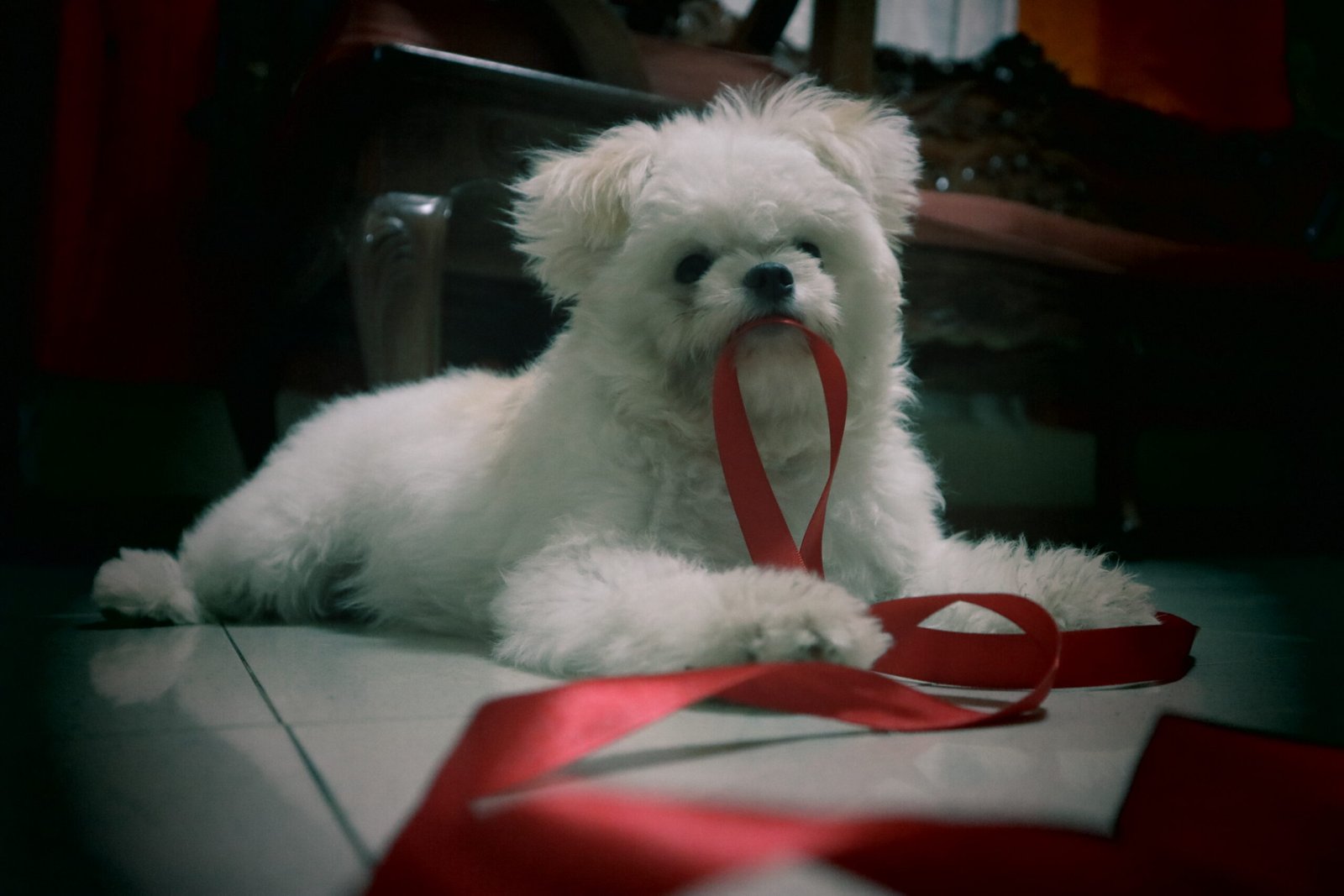
Learning to leave your puppy alone successfully isn’t just about avoiding chaos when you return home – it’s about building your furry friend’s confidence and creating a foundation for a lifetime of emotional security. The goal is an adult dog that is relaxed, self-assured, and can be trusted with more freedom. Every mistake you avoid now saves both you and your puppy weeks of stress and confusion down the road.
Remember, mistakes do not equal permanent damage. Your puppy is incredibly resilient and forgiving, and there’s always time to reset and try a gentler approach. The key is patience, consistency, and remembering that your eight-week-old furball is still basically a baby learning to navigate a big, sometimes scary world. With time and the right approach, those anxiety-filled departures will transform into peaceful goodbyes where your puppy barely lifts their head from their favorite chew toy.
So here’s the million-dollar question: Which of these mistakes has been your biggest challenge, and are you ready to give your puppy the gift of confident alone time?

Esther is from India; the heartbeat of South Asia, holding a Master’s degree in Zoology and a postgraduate diploma in Animal Welfare. Her enthusiasm for animal welfare drives her passion and dedication to working for animals, ensuring their well-being, and advocating for their rights. With a solid academic background and hands-on experience, she is committed to making a positive impact in the field of animal welfare. In her free time, she enjoys embroidery and sewing. As a Chennaite from Tamil Nadu, Esther loves Bharathanatyam, an Indian classical dance form.






